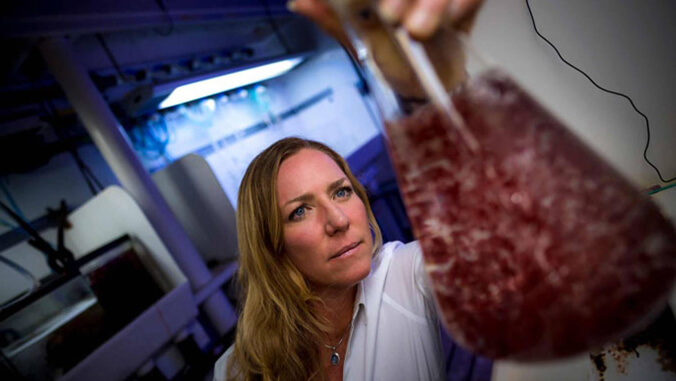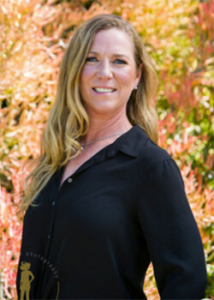
Growing up in California, Jennifer Smith loved spending time in the water. But it wasn’t until pursuing a year-long exchange at the University of Hawaiʻi at Hilo and graduate studies at UH Mānoa, that she found her calling in researching and teaching conservation biology, human impacts on marine communities, ocean sustainability and more.
“For people who are interested in studying tropical ecosystems, whether it be on land or in the ocean, there’s no better place in the entire United States than to go to UH because you literally have these natural laboratories right outside your door,” Smith said.
Making a difference in Hawaiʻi

Smith, who is now a professor in marine ecology and conservation at the Scripps Institution of Oceanography in San Diego, California, went to UH Hilo to focus on marine science, while she was earning her bachelor’s degrees in biology and zoology from Humboldt State.
“The time I spent there underwater, realizing there were all these issues happening in Hawaiʻi that weren’t really being addressed with invasive seaweeds taking over reefs, and there were big seaweed blooms choking out coral in a lot of places,” Smith said. “There were also other different things happening, everything from sewage runoff, fueling these massive seaweed blooms, to overfishing of parrotfish and surgeonfish, causing seaweeds to take over in other places.”
Her experiences fueled her interest in more research opportunities. After talking with her UH Hilo professors, they recommended pursuing a graduate degree at UH Mānoa under the guidance of Professors Celia Smith and Cindy Hunter. Smith said that UH Mānoa was the only program she applied to and was ecstatic when she got accepted.

Smith remembers spending countless hours doing the research she enjoyed out in the ocean, and even got opportunities to travel across many of the Hawaiian Islands and Papahānaumokuākea Marine National Monument, before it was deemed a marine conservation area.
“It’s hard to imagine having something that could have been better for what I was doing, which was spending a lot of time underwater trying to characterize what was going on across the reef and across the whole state,” Smith said.
Learning from the ‘First Lady of Limu’
Smith also recalls many encounters with Professor Emerita Isabella Aiona Abbott, also known as the “First Lady of Limu,” as their offices were down the hall from each other. Smith said she frequently brought Abbott “gifts from the ocean” since she wasn’t getting out into the field as much and relied on students and faculty members to bring her samples.
Abbott became the first woman and the first person of color to become a full professor of biology at Stanford University and co-wrote a book called Marine Algae of California, which Smith said is like the Bible for studying seaweeds on the California coast.
“When I look at the book, it’s like having a conversation with Izzy,” Smith said. “I consider myself incredibly lucky to have had that opportunity at UH. I try to pass on her stories and her passion to all of my students.”
Annual return to Maui waters

Smith graduated with her PhD in botany, ecology, evolution and conservation biology from UH Mānoa in 2003. Her dissertation was on the impact of algal blooms (rapid increase in the density of algae in an aquatic system) on coral reefs statewide.
After graduation, Smith continued that work as a faculty researcher at UH Mānoa. She then became a marine ecology researcher at Scripps for a year, before joining the National Center for Ecological Analysis and Synthesis at UC Santa Barbara as a postdoctoral scholar. Smith then rejoined Scripps in 2008 where she worked her way up from an assistant professor to an associate professor and to a full professor where she is now.
Smith also said that she has continued the work she started in waters off Maui every year since her graduate studies, taking her students to survey and document the health of the coral reefs along with other UH scientists and the Maui Division of Aquatic Resources.
—By Marc Arakaki

